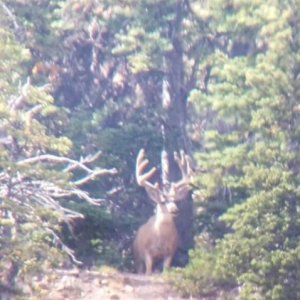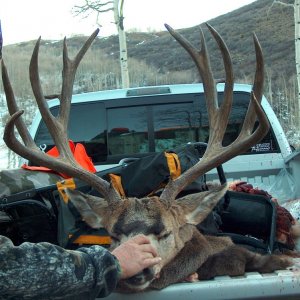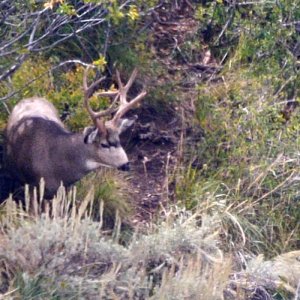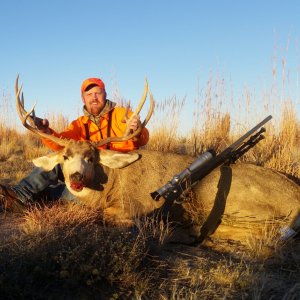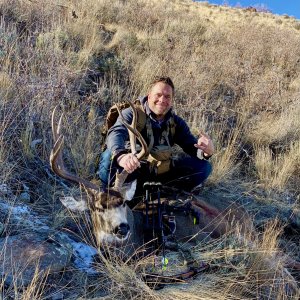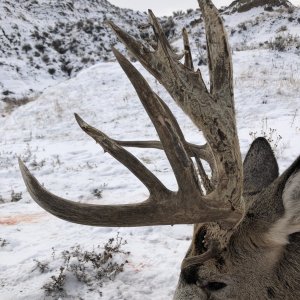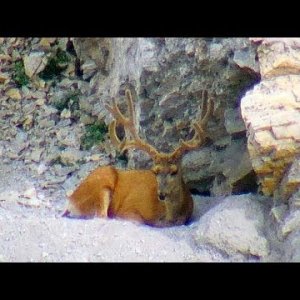Wyogstew1
Active Member
- Messages
- 357
no doubt knowing the wind direction is very important when stalking an animal. what are the typical thermal directions of the wind? it seems to me that they typically go down in the morning and up in the afternoon. is that right, or do i have it backwards? a week from now i will be hunting deer in Nv 114,115 and i have a group of five bucks pegged and want to make sure of this before i head out. thanks guys and as always...
Happy Hunting
Happy Hunting

